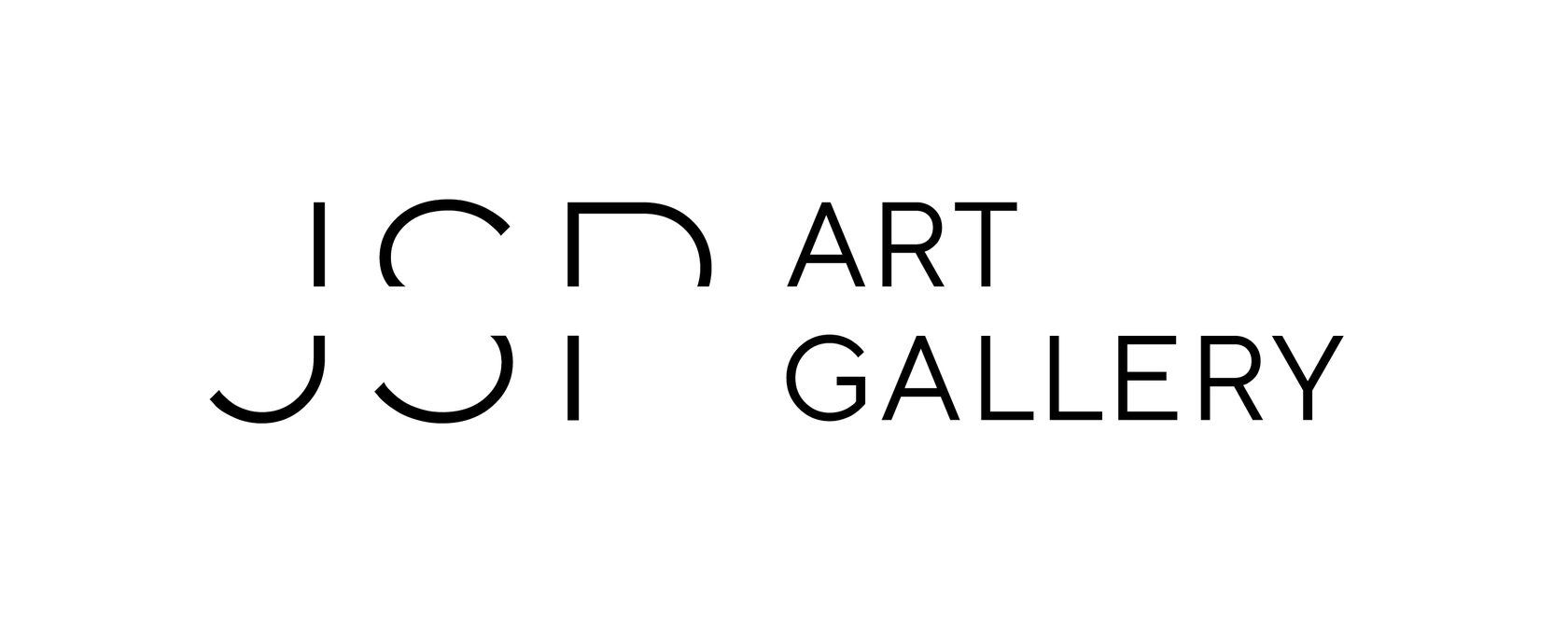Richard Štipl was born in Sternberk, Czech Republic. Lives and works in Prague and Sternberk.
Štipl originally devoted himself to painting and subsequently to hyperrealistic colored sculptures, only to return to painting on canvas later. In his work, he focuses on introspection and revision of the internal processes shaping the external appearance of the human body, particularly the face.
He primarily works with his own likeness in a certain archetypal transfiguration of psychological reflection of the face as a gateway to inner psychological and spiritual spheres.
wood, gesso
wood, polychrome
wood, gesso
wood, gesso
oil on canvas
oil on canvas
100 x 30 x 30 cm
silver leaf, cast brass
wood, polychrome
Richard Štipl - Cognitive Dissonance
The exhibition at JSP Art Gallery includes the artist's work from both recent times and more distant past. The painterly canvases reflect the sculptural work, offering a new view and perspective on Richard's artistic introspection. The viewer enters through the gate of the nine circles of the Divine Comedy into the unsettling story of contemporary Odysseuses, searching for their long-lost "inner" home. The author of these words is currently reminded of one of the last shots from Andrei Tarkovsky's film Nostalghia, the scene with a candle in the pool. Those who know it will understand; those who do not are invited to watch it.
Exhibiting Artist: Richard Štipl
Curators: Lucia Rossi, Jaroslaw S. Pastuszak
February 14 - April 12, 2024
"O you, who have sound minds and clarity,
heed the lesson hidden beneath
the veil of verses in strange poetry!"
(Dante Alighieri, Divine Comedy, Canto IX, lines 61–63, trans. F. O. Babler)
Life – a strange poetry – vanity upon vanity... or is it? The existential loneliness thrown into the life of an artist, searching for his true face in the mirror, always encounters the mystery of transformation and death. The elusive mystery of existence, constantly urging for understanding - which is always just an interpretation – hurts more than one can often bear. Yet, the transfiguration of life continues nonetheless. The everyday effort to rise from bed and make new strokes with the brush, to conceive a new sculpture, presupposes an inconspicuous, yet existentially determining spark of hope that perhaps everything does have its hidden meaning after all.
In his attempt to understand that mystery, Richard turns to historically traditional forms, and his work also richly draws from the giants of the past: Dante Alighieri, Hieronymus Bosch, Franz Xaver Messerschmidt, William Blake, or Tilman Riemenschneider. He is familiar with texts of the Kabbalah, Christian mystics, and patristic writings.
Richard Štipl doesn't just hold up the mirror to himself; he holds it up to the entire society, and indeed to the entire civilization. Returning with Diogenes of Sinope to the agora, he cries out, "I am looking for a human being." Štipl's path to rediscovering humanity leads through finding oneself. "Oh, you who have sound minds and clear, think," he calls. Through his creation, he attempts to overcome the void from which artistic work arises. Similarly to Hegel, the process of "becoming" presupposes non-being. Štipl's creation, like Platonic Eros, is the child of deficiency, yet also of excess, incompleteness, and surplus of forces. It is a kind of sacrifice. True creation presupposes catharsis, purification, liberation of the spirit from the determination of matter and body. The path of purification for Štipl leads through self-exposure, revealing the innermost layers of his own psyche. The mirror he holds up to himself then turns towards the viewer, becoming a disquieting prophet of human condition.
Richard Štipl initially devoted himself to painting and subsequently to hyperrealistic colored sculptures, only to return later to the painter's canvas. In his work, he engages in introspection and revision of the inner processes shaping the external appearance of the human body, especially the face. He primarily works with his own image in a certain archetypal transfiguration of psychological mirroring of the face as a gateway to inner psychic and spiritual spheres.
The exhibition at JSP Art Gallery includes the artist's work from both recent times and more distant past. The painterly canvases reflect the sculptural work, offering a new view and perspective on Richard's artistic introspection. The viewer enters through the gate of the nine circles of the Divine Comedy into the unsettling story of contemporary Odysseuses, searching for their long-lost "inner" home. The author of these words is currently reminded of one of the last shots from Andrei Tarkovsky's film Nostalghia, the scene with a candle in the pool. Those who know it will understand; those who do not are invited to watch it.
Jaroslaw S. Pastuszak
There is a subtle thread connecting ancient and contemporary art in Richard Štipl's works, a meeting of the Sacred and the Profane – in skilful combination of a classical ideal of beauty and experimentation – that conveys a powerful impression of strength and dynamism, ready to snap free in the exaltation of the human body. It is a reflection of the most visceral passions of contemporary society and its opposing traits.
With a language that draws on the statuary of Franz Xaver Messerschmidt, among others, Štipl enhances expressions and eviscerates the continual re-creation of self throughout life. Often using his own body as the subject of the works, he insists on the continuous mutation of his own image. But we are far from the idea of self-portrait as self-celebration. Rather his body is a prototype, any one to enhance a varied Nature. Like Nietzsche, when he confessed to being all of the great names in history; and he was hardly deceiving himself when he assumed the lives of others.
Štipl's sculptures and paintings show us complex situations where certain beliefs come into conflict. They are Cognitive Dissonances. Erotic, cruel, tragic, mocking. In a multitude that it would put any individual under great strain, breaking him down and condemning him to madness.
But it is the Pirandellian madman, in the end, who is given birth, who – with no more "masks"- breaks free of the many forms imposed on him by societies. And then madness becomes an instrument of contestation of the bogus forms of life, the weapon that explodes conventions and rituals, reducing them to absurdity and revealing their unconsciousness.
We are confronted with narrative scenes, rich in gestures and symbolism, which connect with religious imagery, but not only that: it is the total relationship with art history that is essential.
In a revelation of a cancelled – i.e. a removed – reality, the sculptures and the paintings become the reflection of the restless and enigmatic relationship that Štipl establishes with the icons of media representation: meant digging into what the deeper meaning was behind the imagery of the contemporary sphere.
It is a violent impact: he reworks the legacy of antiquity and through this traumatic process, the originals are decoded and revivified in a completely new light.
And if in front of the image we are always faced with time, with Štipl's works that temporal short-circuit is perfectly produced between the ‘here and now’ and the immemorial, or to say it in the words of Benjamin, “the Now becomes the intimate image of what has been.”
Here, brandishing any tool capable of producing a signs, Štipl becomes a creator, appropriating the past in order to transform it, assimilate it, generate another result with it, to the point of looking with renewed eyes.
Maybe then Didi-Huberman is right when he states: “the orgy of the ancient Gods always leaves residues visible to posterity [...]. The human form moves away but remains suspended like the last possible form of man’s desire.”
Lucia Rossi
















